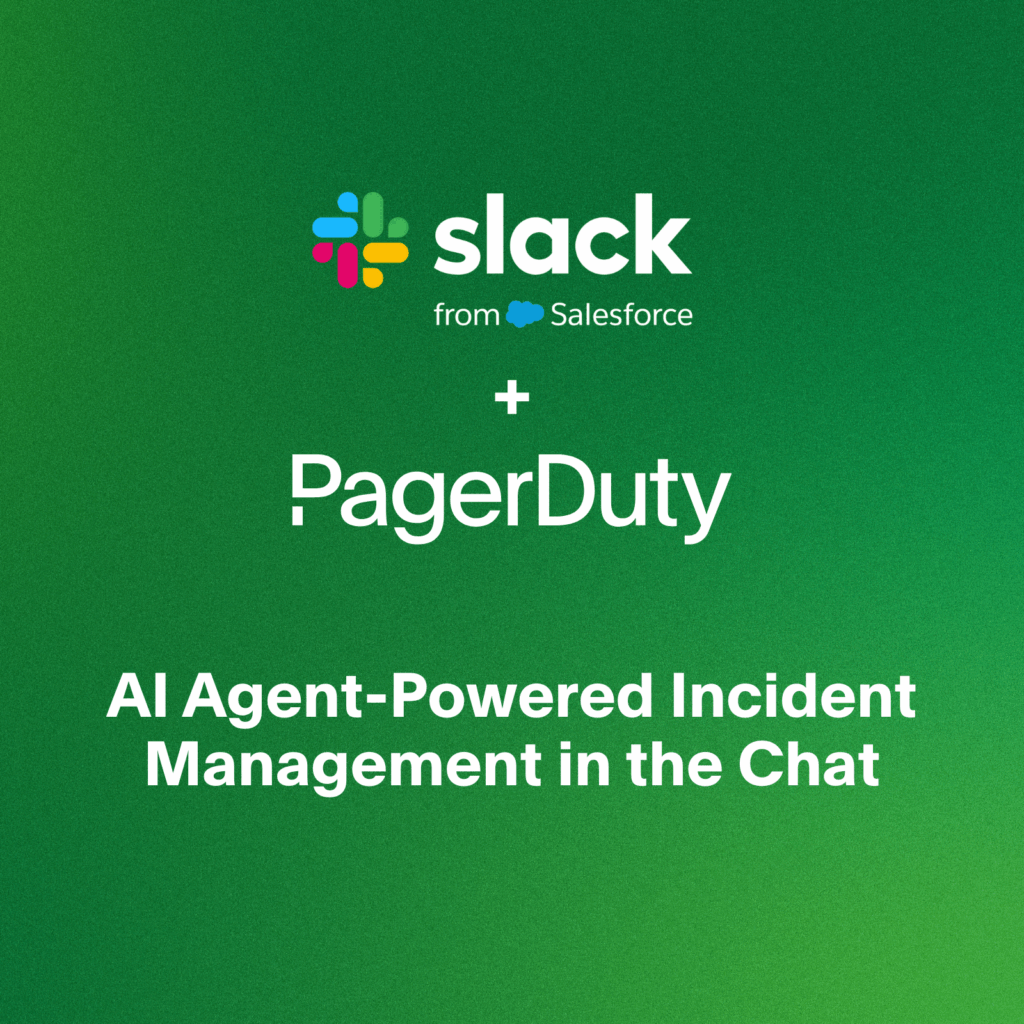- PagerDuty /
- Blog /
- Best Practices & Insights /
- Understanding Burnout Culture and the Busy Phenomenon
Blog
Understanding Burnout Culture and the Busy Phenomenon
This article was previously published by Raconteur.
Burnout in the workplace can tarnish careers and negatively impact work-life balance. And as our work environment becomes increasingly more remote, people are starting to re-examine the modern problems of burnout at work.
The World Health Organization (WHO) officially classifies burnout as an “occupational phenomenon,” resulting from “chronic workplace stress that has not been successfully managed.”
Its decision not only to define the condition, but also develop evidence-based guidelines on mental wellbeing in the workplace reflects just how serious the problem appears to be. But because the classification is so new, it means current research on the extent of the problem is limited.
However, according to Karen Meager, Co-Founder of Monkey Puzzle Training & Consultancy, who studied the burnout recovery process in partnership with Coventry University, the condition is currently believed to affect between 10% and 18% of the total working population. This figure rises to between 25% and 30% in the caring professions and peaks at between 50% and 60% among mental health practitioners.
While the situation seems to have worsened over the last few years, the arrival of COVID-19 has undoubtedly taken it to a new level. As Meager says: “With the pandemic, people are fatigued in a way I’ve not seen before—it’s very worrying.”
So what is going on and why have things become so bad? The answer is complex in that it comes down to a mixture of individual, emotional responses and other external factors.
On the one hand, explained Meager, many staff are more invested in their work than they were 25 years ago. For such employees, work has moved beyond being a means to an end to feed the family towards providing their life with meaning, which makes it harder to switch off— particularly in a digital world.
Character traits, such as perfectionism and competitiveness, can compound the situation, as does the fact that many jobs are less physical than they were in the past. Because workers tend to be more sedentary means they have fewer opportunities to burn off cortisol and other stress hormones—particularly when working from home—which results in the strain starting to tell more quickly.
Impact of External Influences
In addition to these internal factors, there are external influences, too. According to Dr. Shainaz Firfiray, Associate Professor of Human Resources Management at Warwick Business School, these factors can range from a lack of autonomy and clarity in job roles to expectations that people will take on heavier workloads with fewer resources and less support. This situation is particularly damaging in difficult economic times due to an atmosphere of general uncertainty and job security fears.
Just as damaging though, are inept management practices, high-pressure, and toxic workplace cultures. In fact, O.C. Tanner’s 2020 Global Culture Report indicates that a “poor company culture” increases the incidence rate of moderate-to-severe burnout by 157%.
Robert Ordever, Managing Director of Employee Recognition and Reward Specialist’s European Operations, defines this kind of poor culture as being, among other things, one in which there is a lack of trust in the leadership team, insufficient progression opportunities, and an uninspiring company purpose.
“There’s a common misconception that burnout is all about overload and too much work, but really it’s more to do with the emotional engagement and social connection side of things,” explained Meager.
In terms of what burnout actually is though, the WHO defines it as feelings of energy depletion or exhaustion, combined with either increased mental distance or negative and cynical emotions relating to your job. These symptoms, in turn, lead to “reduced professional efficacy,” which can manifest as anything from lower productivity and absence through ill health to behavioral issues.
What Employers Can Do About It
There are a number of things employers can do, says Martina Ruiss, Head of Human Resources at HR software supplier Personio. Firstly, if someone is starting to show burnout symptoms, it is important that their line manager takes action.
Training is imperative not only to ensure managers can recognize the tell-tale signs, but also so they know how to react in a supportive, helpful way. While it may be possible to sort out some situations by rejigging workloads, transferring the individual concerned to a new team, or recommending specialist advice, sometimes a week or two of guilt-free leave may be the only solution.
Preventing burnout in the first place involves having positive role models in leadership positions. For example, while Personio’s Co-Founder and Chief Executive Hanno Renner may be “a bit of a workaholic as he loves what he does,” following a sailing trip in August, when he was cut off from everything, he realised the benefits of taking time out.
As a result, on his return, Renner sent a message to his workforce of 500 employees, setting boundaries around his work life and indicating that he expected others to do the same. The leadership team also made the decision to actively say “no” to working on “nice-to-haves” rather than core activities, and he encouraged staff to follow a similar approach to prevent becoming overwhelmed.
Other supportive practices include HR-led, weekly meetings with line managers to discuss any challenges being faced by either themselves or their team members and offer guidance. Perks, such as gym membership and yoga classes, are also made available to help workers release stress by means of physical exercise.
As Meager concludes: “It’s important to feel part of a community and that you’re valued, as it’s about social connection and the fact people’s relationship to work is an emotional thing.”


